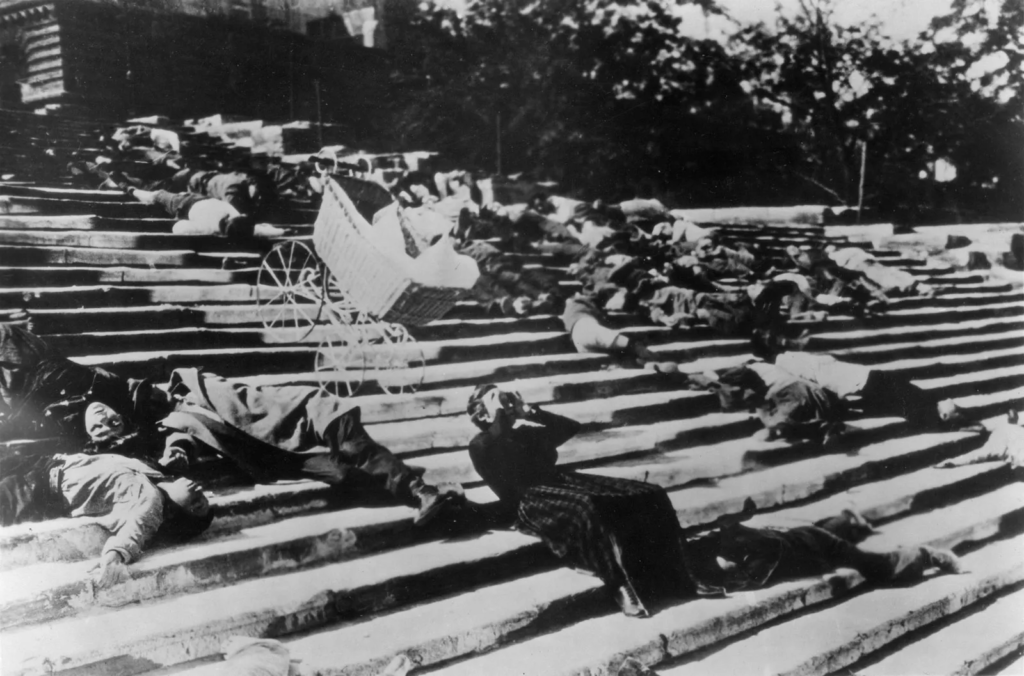
The aftermath of the First World War and the Russian Revolution had a significant impact on the production and content of classic Soviet constructionist cinema. Politically, the establishment of the Soviet Union as a socialist state resulted in the use of cinema as a tool for propaganda to promote Vladimir Lenin’s socialist ideologies. Socially, the Bolsheviks wanted to create a more egalitarian society by promoting concepts of communism, which was reflected in the content of Soviet cinema. Economically, the nationalization of the film industry by the Soviet government meant that they had more control over domestic filmmaking.

The content of classic Soviet constructionist cinema was designed to inspire the working class and promote socialist values. Films often depicted the struggles of the working classes and celebrated the country’s developments in science and technology. They also portrayed the triumph of the collective over the individual.
Visually, Soviet constructionist cinema was characterized by its use of montage. This technique was used to create a sense of urgency and inspire viewers to take action in a way that cinema hadn’t done before, which is why this style of filmmaking was considered to be so unique.